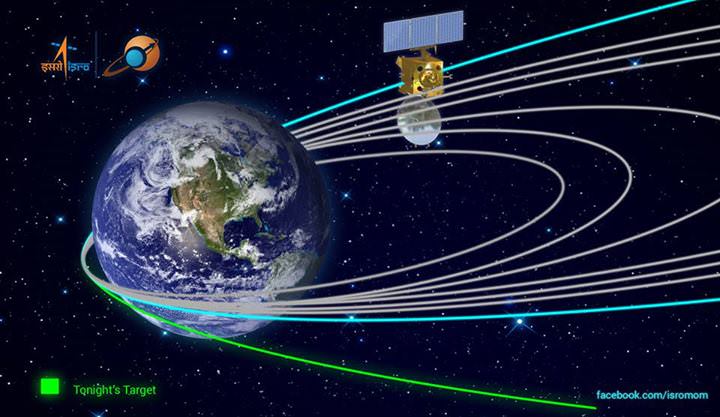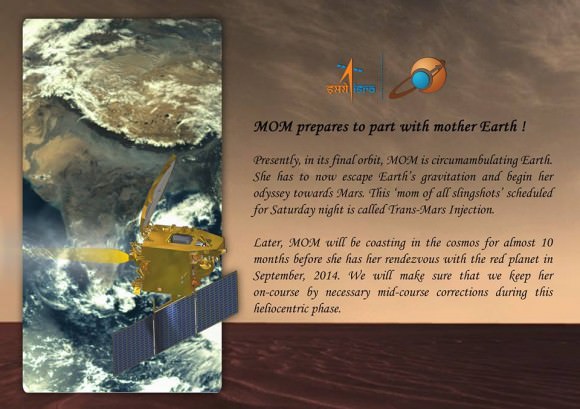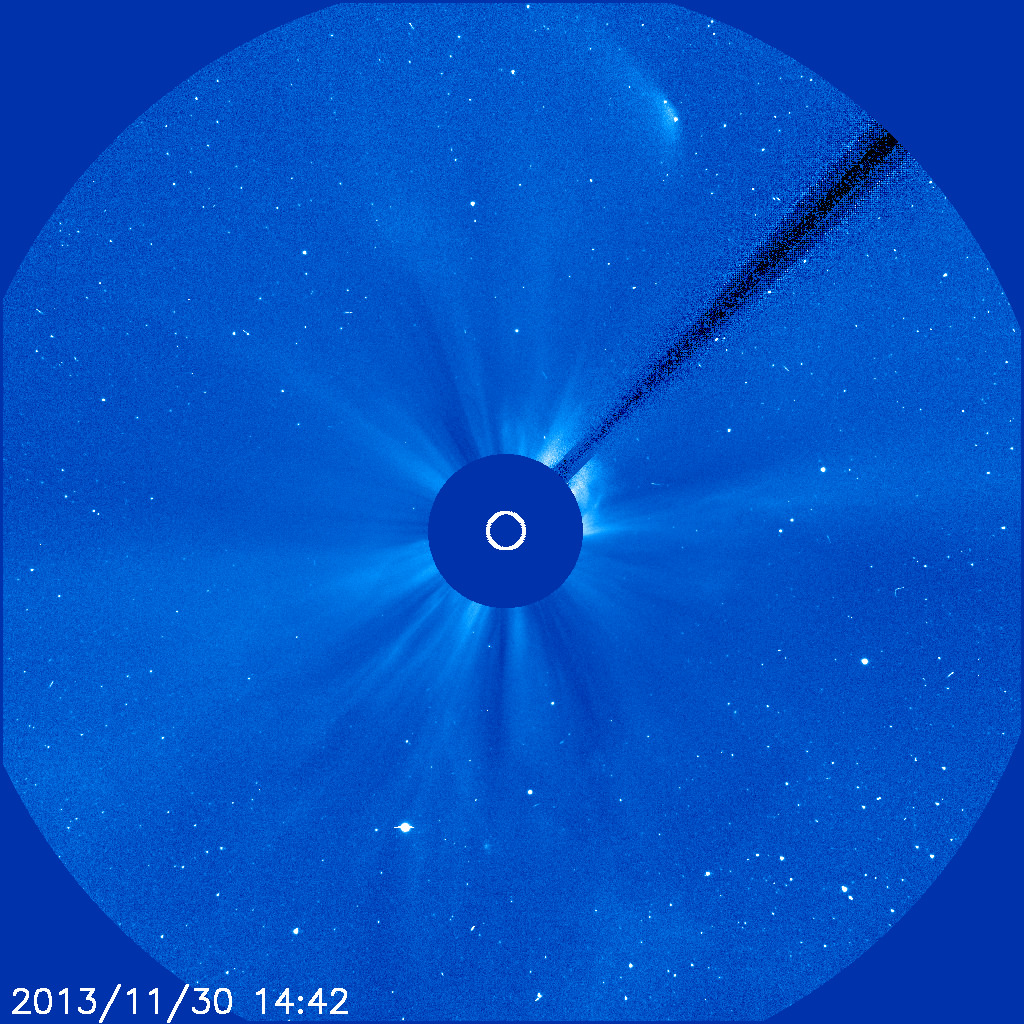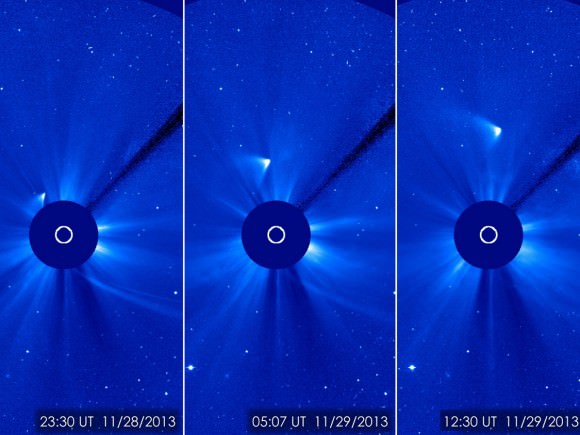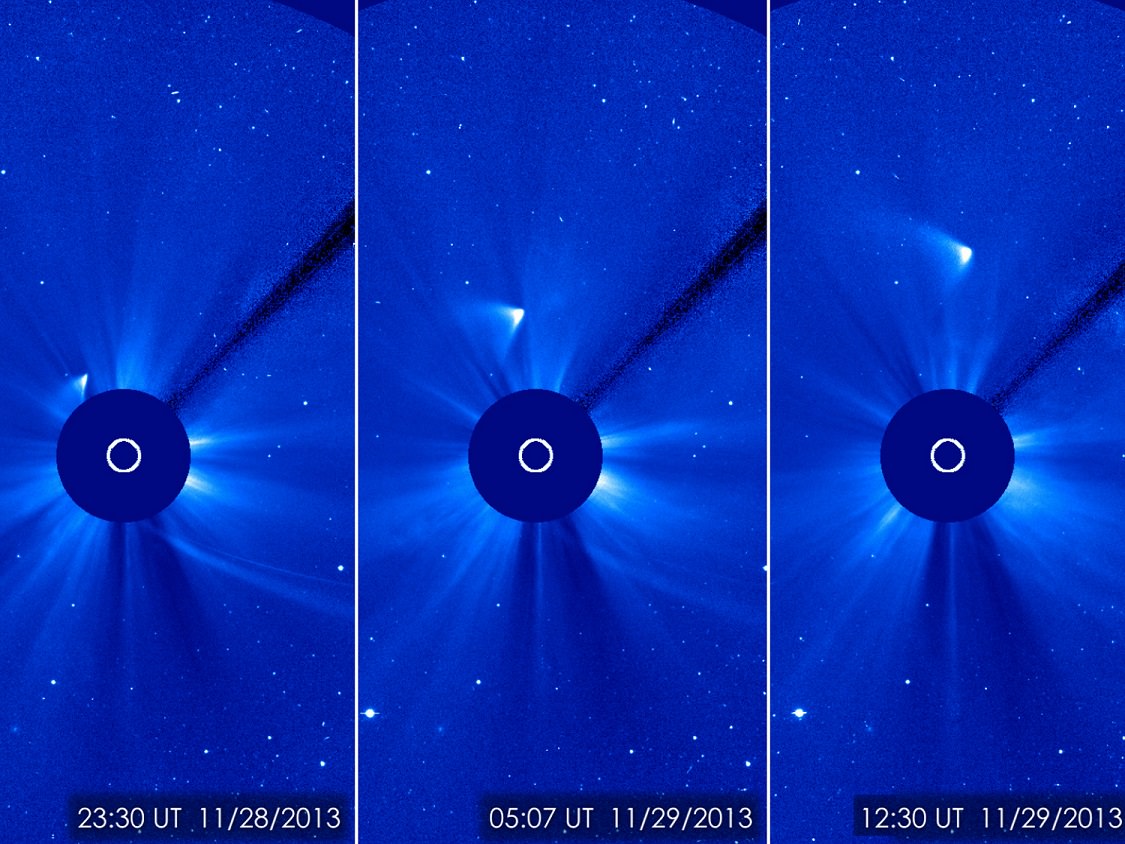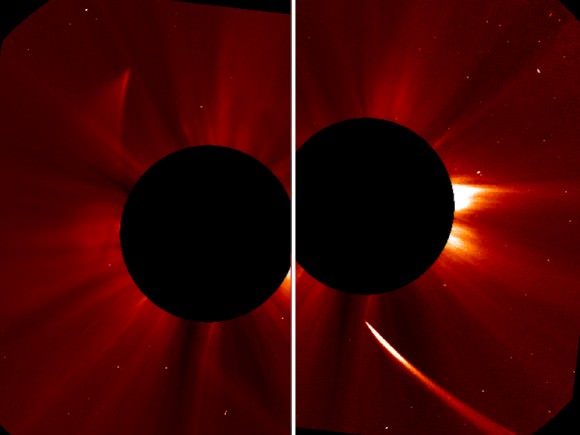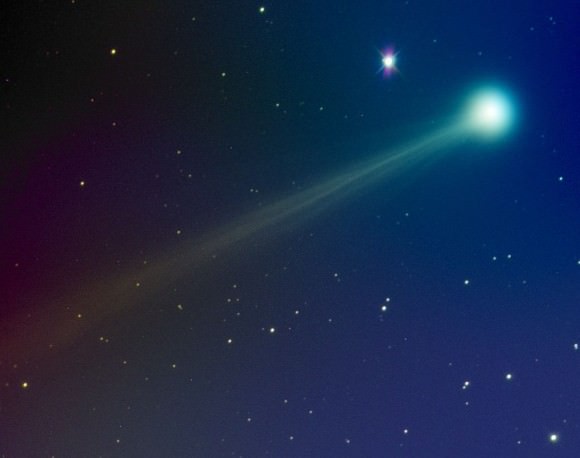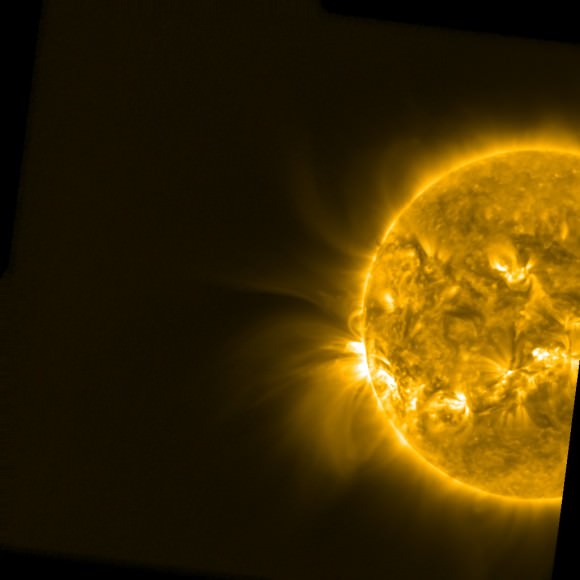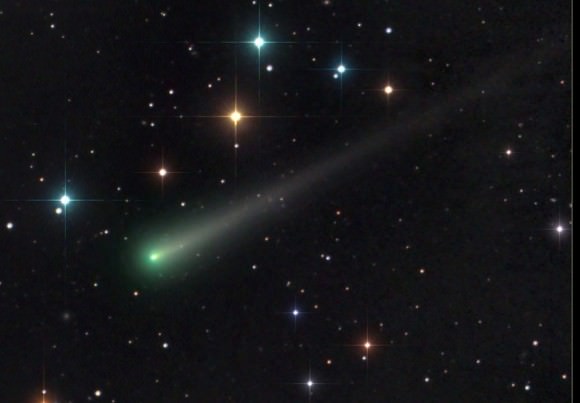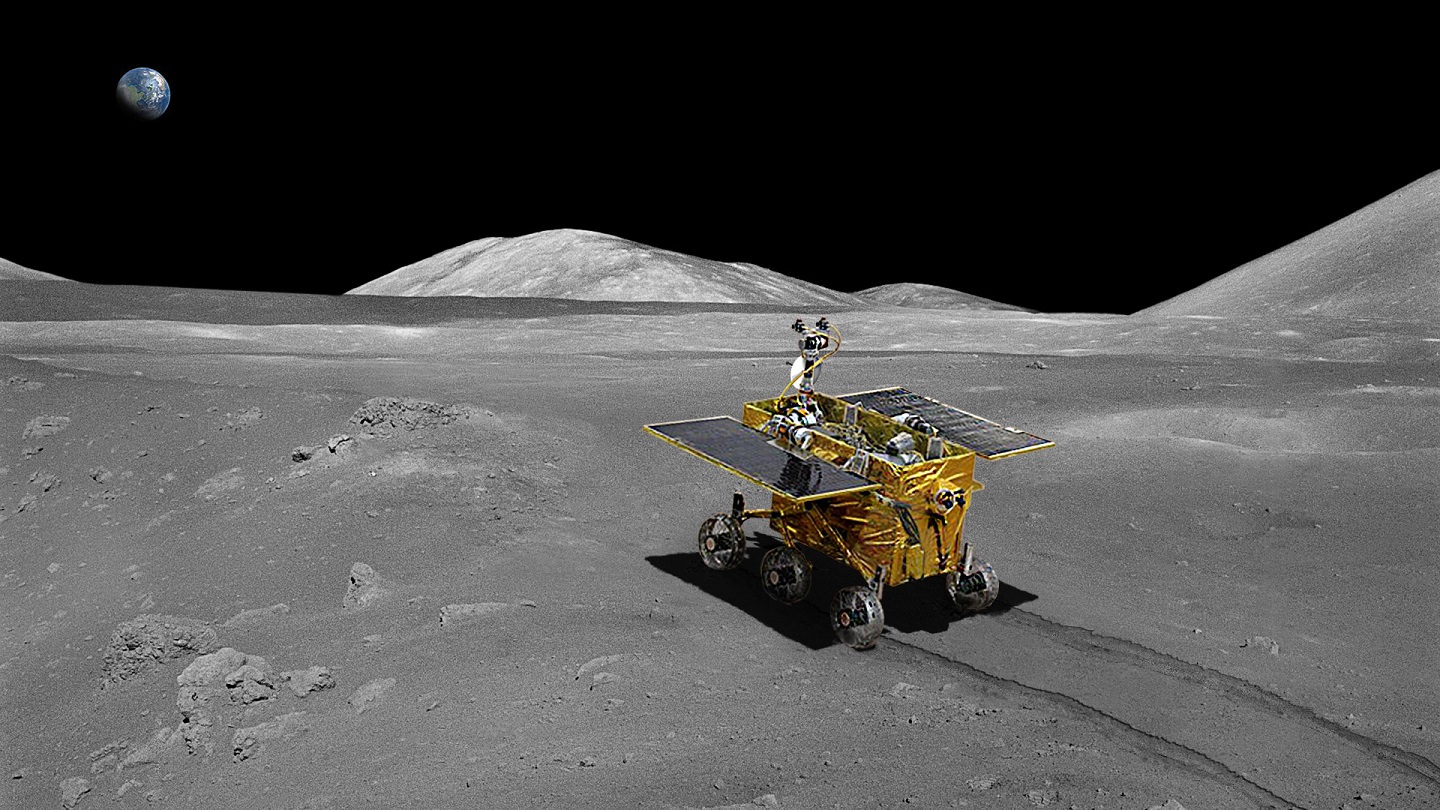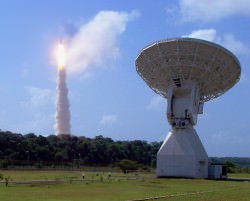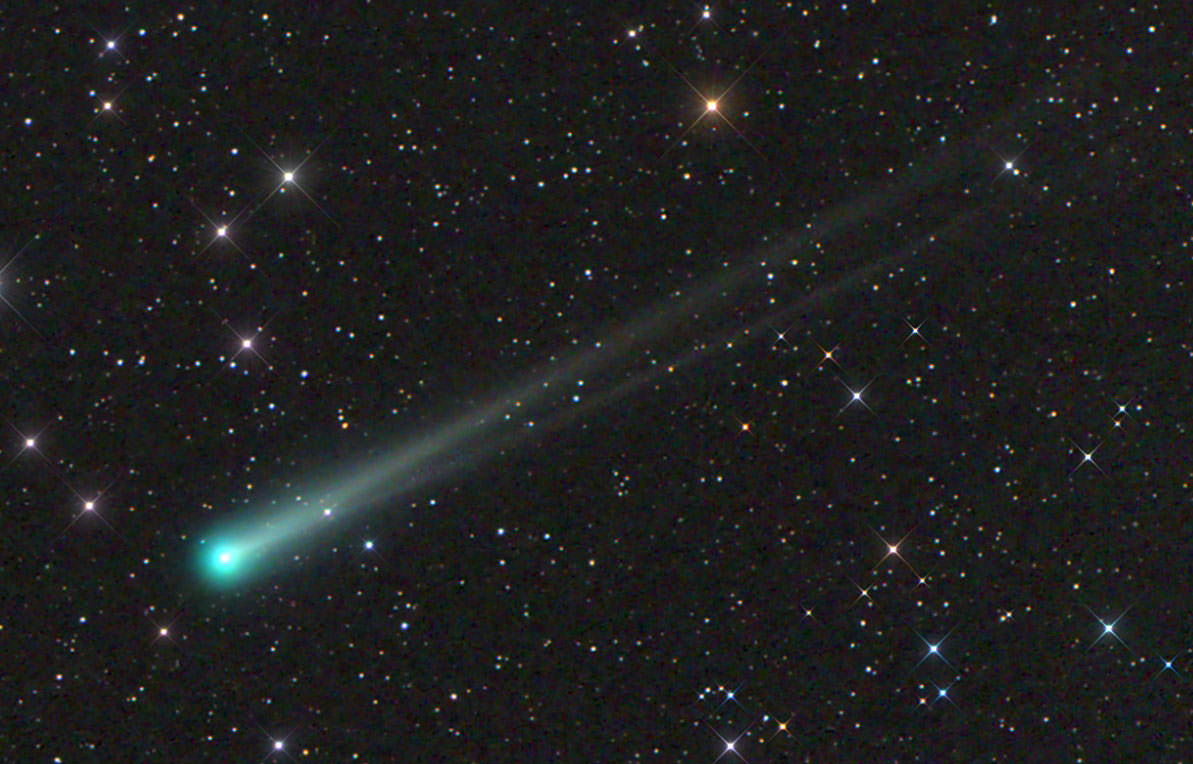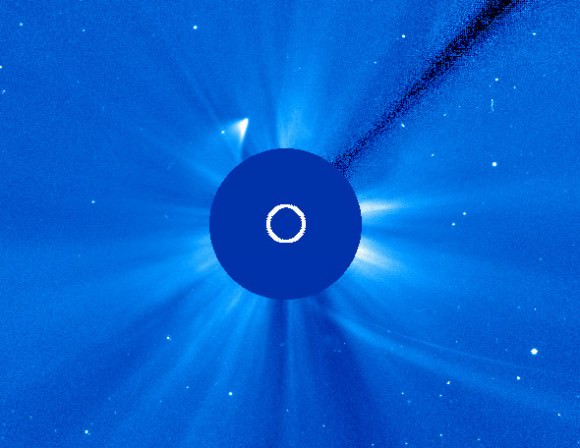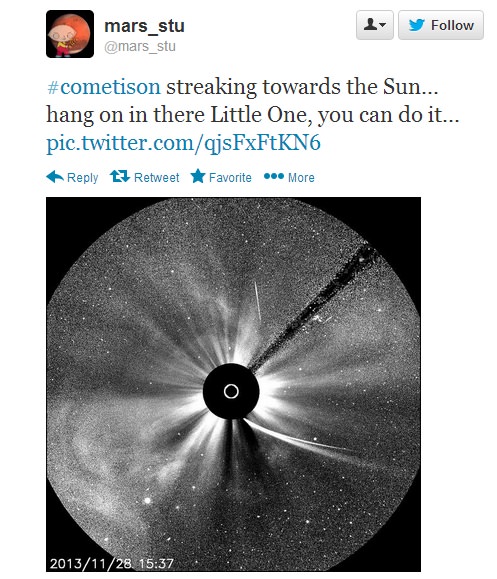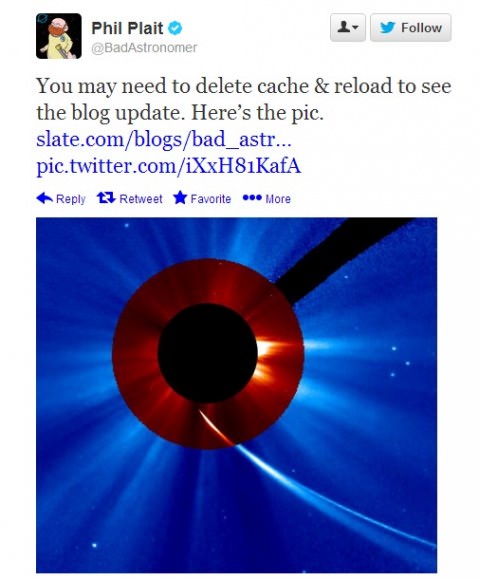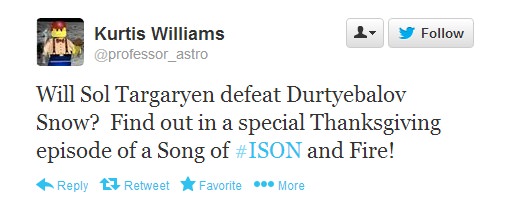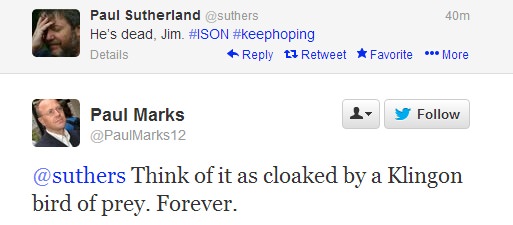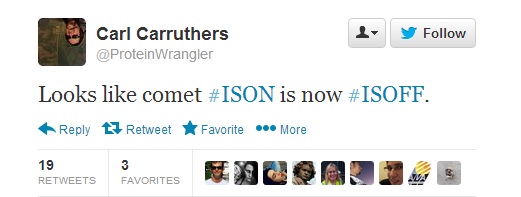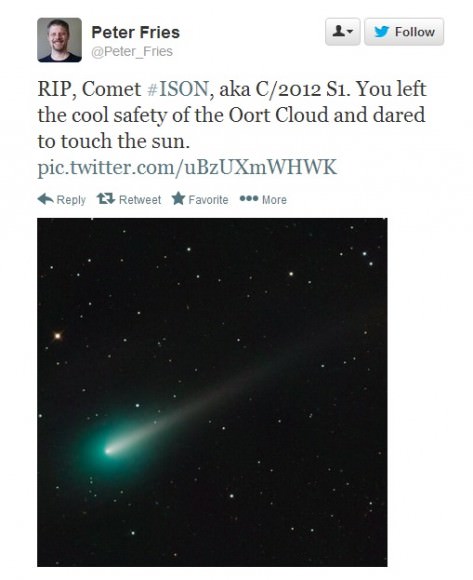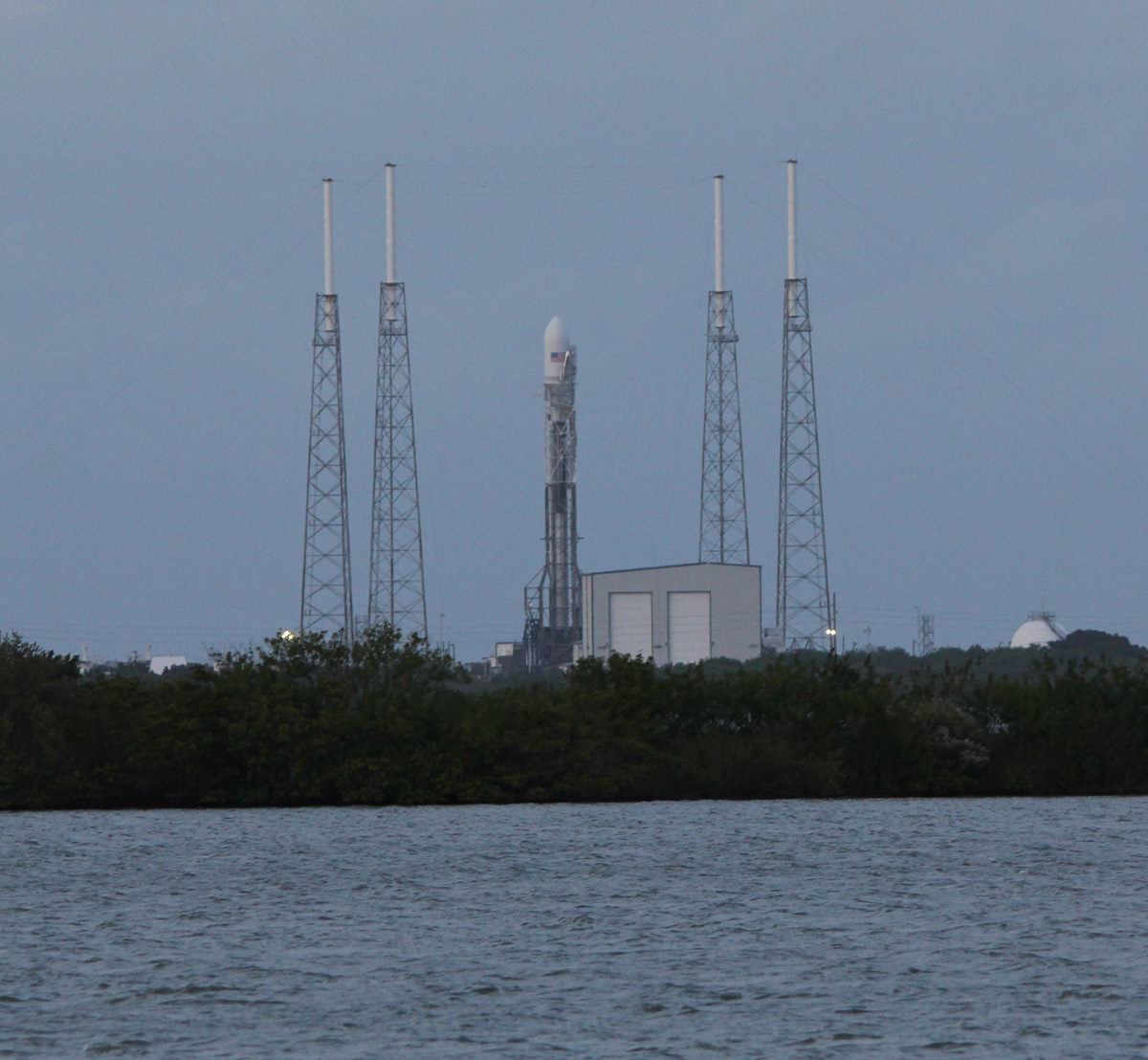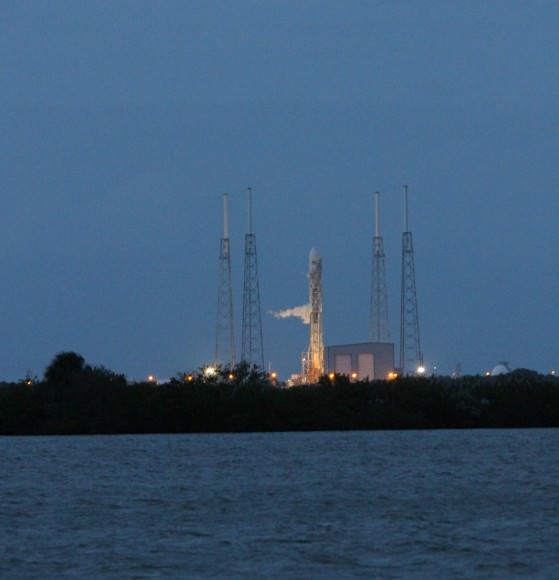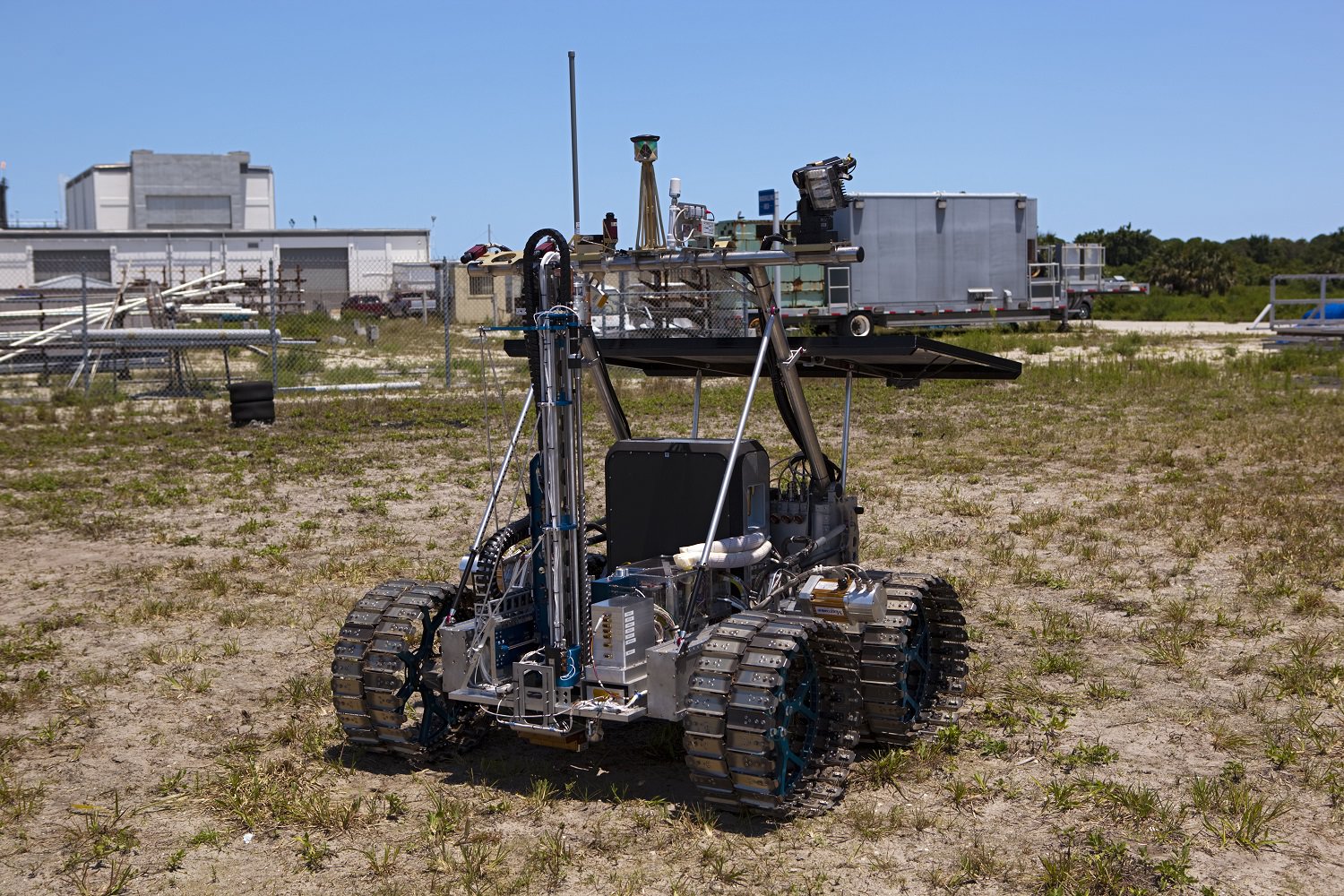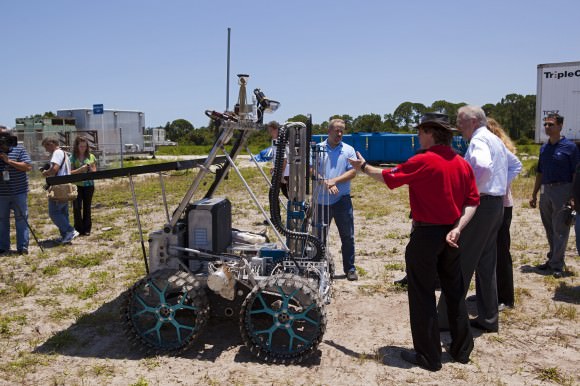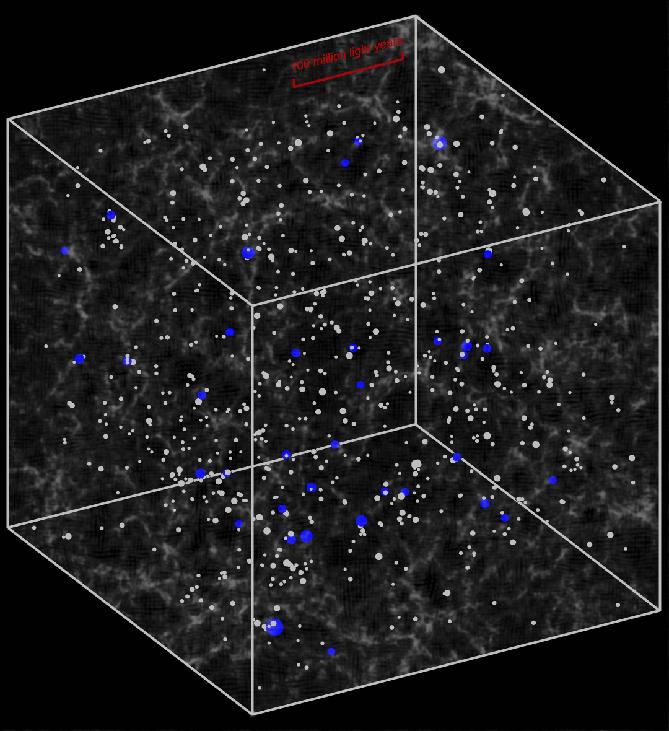CAPE CANAVERAL, FL – MOM – India’s first ever interplanetary spacecraft – is spending her last day around Mother Earth.
The clock is ticking down relentlessly towards “The mother of all slingshots” – the critical engine firing intended to hurl India’ Mars Orbiter Mission (MOM) probe on her ten month long interplanetary cruise to the Red Planet.
Engineers at the Indian Space Research Organization’s (ISRO) Mission Operations Complex at Bangalore are now just hours away from sending the commands that will ignite MOMs’ liquid fueled main engine for TMI – the Trans Mars Insertion maneuver that will propel MOM away from Earth forever and place the craft on an elliptical trajectory to the Red Planet.
“Performance assessment of all subsystems of the spacecraft has been completed,” reports ISRO.
The do or die 1351 second burn is slated to begin at 00:49 hrs IST tonight – on Dec. 1 Indian local time.
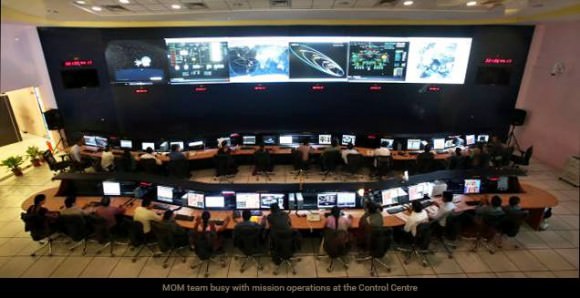
The 440 Newton liquid fueled main engine must fire precisely as planned to inject MOM on target to Mars.
MOM’s picture perfect Nov. 5 liftoff atop India’s highly reliable four stage Polar Satellite Launch Vehicle (PSLV) C25 from the ISRO’s Satish Dhawan Space Centre SHAR, Sriharikota, precisely injected the spacecraft into an initial elliptical Earth parking orbit of 247 x 23556 kilometers with an inclination of 19.2 degrees.

Since then the engine has fired 6 times to gradually raise the spacecrafts apogee.
The most recent orbit raising maneuver occurred at 01:27 hrs (IST) on Nov 16, 2013 with a burn time of 243.5 seconds increased the apogee from 118,642 km to 192,874 km.
Tonight burn is MOM’s final one around Earth and absolutely crucial for setting her on course for Mars.
If all goes well the $69 million MOM spacecraft reaches the vicinity of Mars on 24 September 2014.
MOM was the first of two Earth missions to Mars launched this November.
NASA’s $671 Million MAVEN orbiter launched as scheduled on Nov. 18, from Cape Canaveral, Florida and arrives at Mars on Sept. 22, 2014, about two days before MOM.
Both MAVEN and MOM’s goal is to study the Martian atmosphere, unlock the mysteries of its current atmosphere and determine how, why and when the atmosphere and liquid water was lost – and how this transformed Mars climate into its cold, desiccated state of today.
Stay tuned here for continuing MOM and MAVEN news and Ken’s MAVEN and SpaceX Falcon 9 launch reports from on site at the Kennedy Space Center press center and Cape Canaveral Air Force Station, Florida.

